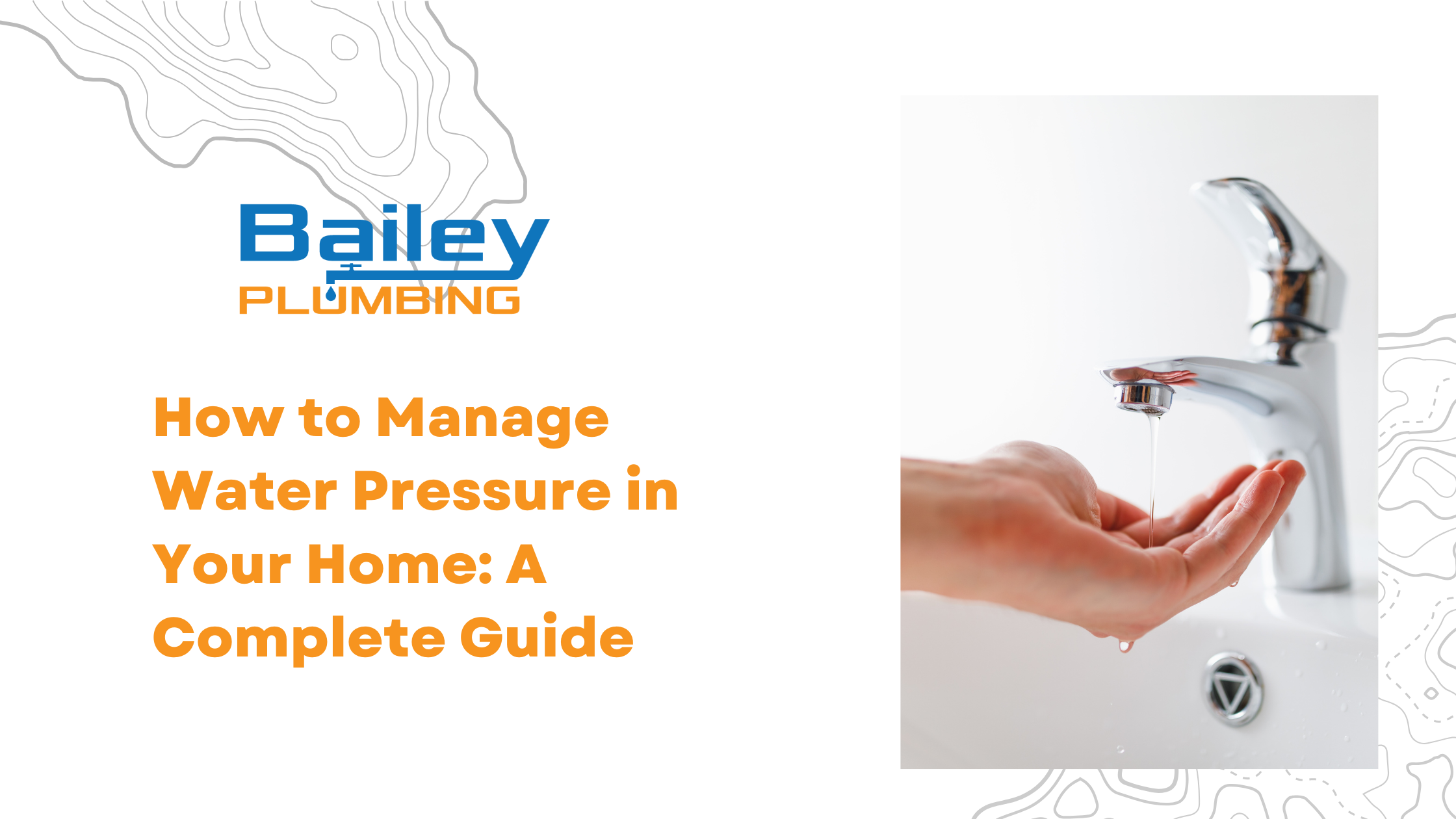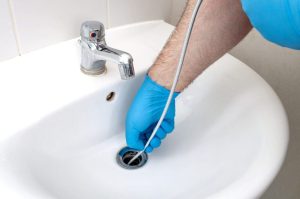Water pressure might not be the first thing that comes to mind when thinking about home maintenance, but it plays a critical role in ensuring your household runs smoothly. Whether you’re washing dishes, taking a shower, or doing laundry, the right water pressure makes a world of difference. In this blog post, we’ll guide you through understanding water pressure, identifying signs of low or high pressure, and steps to fix these issues to maintain a well-functioning home.
What Is Water Pressure, and Why Does It Matter?
Water pressure refers to the force with which water flows through your pipes. In homes, it’s measured in pounds per square inch (PSI). The ideal residential water pressure typically ranges between 40-60 PSI. If the pressure is too high, it can damage your plumbing system. Too low, and daily tasks like showering and dishwashing become frustratingly inefficient.
Signs of Low Water Pressure
Low water pressure often creeps up slowly but can cause significant inconvenience over time. Here are the common indicators:
1. Weak Shower Streams
If your once-invigorating shower now feels like a slow drizzle, it’s a clear sign that water pressure has dropped.
2. Appliance Inefficiency
Dishwashers, washing machines, and other appliances that use water may take longer to complete cycles or not function at their full capacity.
3. Slow Faucet Flow
When turning on the faucet doesn’t produce a steady, robust stream, your pressure may be lower than ideal.
4. Toilet Issues
Toilets that take an unusually long time to refill after flushing can signal a pressure problem.
5. Fluctuating Water Flow
If you experience sudden dips in flow while using multiple fixtures, such as a faucet and a shower, low pressure may be the culprit.
Signs of High Water Pressure
On the flip side, excessive water pressure can also be problematic, leading to potential damage to your plumbing system. Look out for:
1. Noisy Pipes
If you hear banging or clanking sounds in your pipes, it may be caused by water pressure that’s too high.
2. Frequent Leaks
High pressure puts stress on your pipes, increasing the risk of leaks, especially in older systems.
3. Appliance Damage
High pressure can wear down appliances like water heaters, dishwashers, and washing machines faster than normal.
4. Shortened Fixture Lifespan
Faucets, showerheads, and valves exposed to high pressure can break down prematurely.
What Causes Water Pressure Issues?
Several factors can impact your water pressure:
- Mineral Build-Up: Over time, calcium and other minerals can clog pipes, especially in areas with hard water like Morgan Hill.
- Aging Pipes: Older pipes are prone to corrosion and reduced capacity.
- Pressure Regulator Failure: A malfunctioning regulator can lead to fluctuating pressure.
- Municipal Supply Issues: Sometimes, the problem lies with your local water supplier and not your plumbing.
- Leaks: Even small leaks can reduce pressure significantly.
How to Fix Low Water Pressure
If you’re dealing with low water pressure, here are some steps to diagnose and resolve the issue:
1. Inspect for Leaks
Check all visible pipes, faucets, and fixtures for signs of leaking water. A professional plumber can perform a pressure test if leaks aren’t visible.
2. Clean Faucets and Showerheads
Mineral deposits can restrict flow. Remove fixtures, soak them in vinegar, and scrub off any build-up.
3. Check the Main Shutoff Valve
Ensure the valve is fully open, as even partial closures can reduce pressure.
4. Inspect the Pressure Regulator
If your home has a pressure regulator, test it with a pressure gauge (available at hardware stores). The ideal reading should be between 40-60 PSI. If it’s too low, the regulator may need adjustment or replacement.
5. Address Pipe Clogs
Over time, sediment and debris can clog pipes. Professional cleaning or replacement might be necessary to restore flow.
How to Fix High Water Pressure
High water pressure can be equally harmful. Here’s how to manage it:
1. Install or Replace a Pressure Regulator
If you don’t already have one, installing a pressure regulator is essential for controlling high pressure. A plumber can help adjust or replace it if needed.
2. Use Flow Restrictors
Flow restrictors in faucets and showerheads can help mitigate high pressure while saving water.
3. Inspect for Damaged Pipes
High pressure can burst weak or aging pipes. Repairing or upgrading your plumbing system is often necessary.
4. Call Your Water Supplier
If the pressure from the municipal supply is too high, they may need to adjust it on their end.
Preventative Maintenance Tips
- Annual Inspections: Schedule a yearly check-up with Bailey Plumbing to ensure your system is in top shape.
- Install a Water Softener: Morgan Hill’s hard water can accelerate mineral build-up. A water softener helps reduce this issue.
- Monitor PSI Regularly: Use a pressure gauge to periodically test water pressure, ensuring it stays within the safe range.
Why Choose Bailey Plumbing in Morgan Hill?
At Bailey Plumbing, we’ve been serving the Morgan Hill community for years with expert plumbing services. Whether it’s fixing low water pressure, addressing leaks, or replacing old pipes, we’ve got you covered. Our team provides:
- Friendly, local expertise tailored to Morgan Hill’s unique plumbing needs.
- Quick, efficient repairs to get your water pressure back to normal.
- Honest, upfront pricing with no hidden fees.
Your home deserves the best – trust Bailey Plumbing to keep things flowing smoothly.


